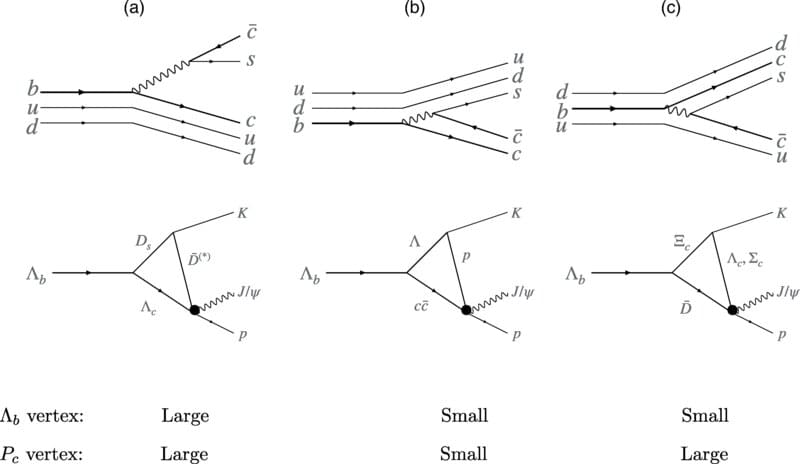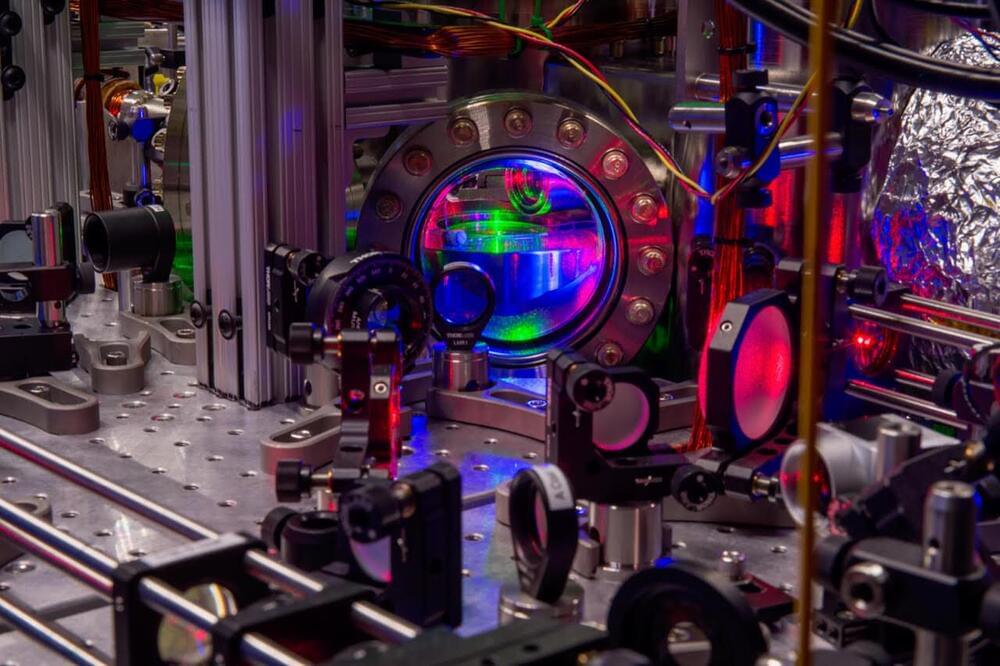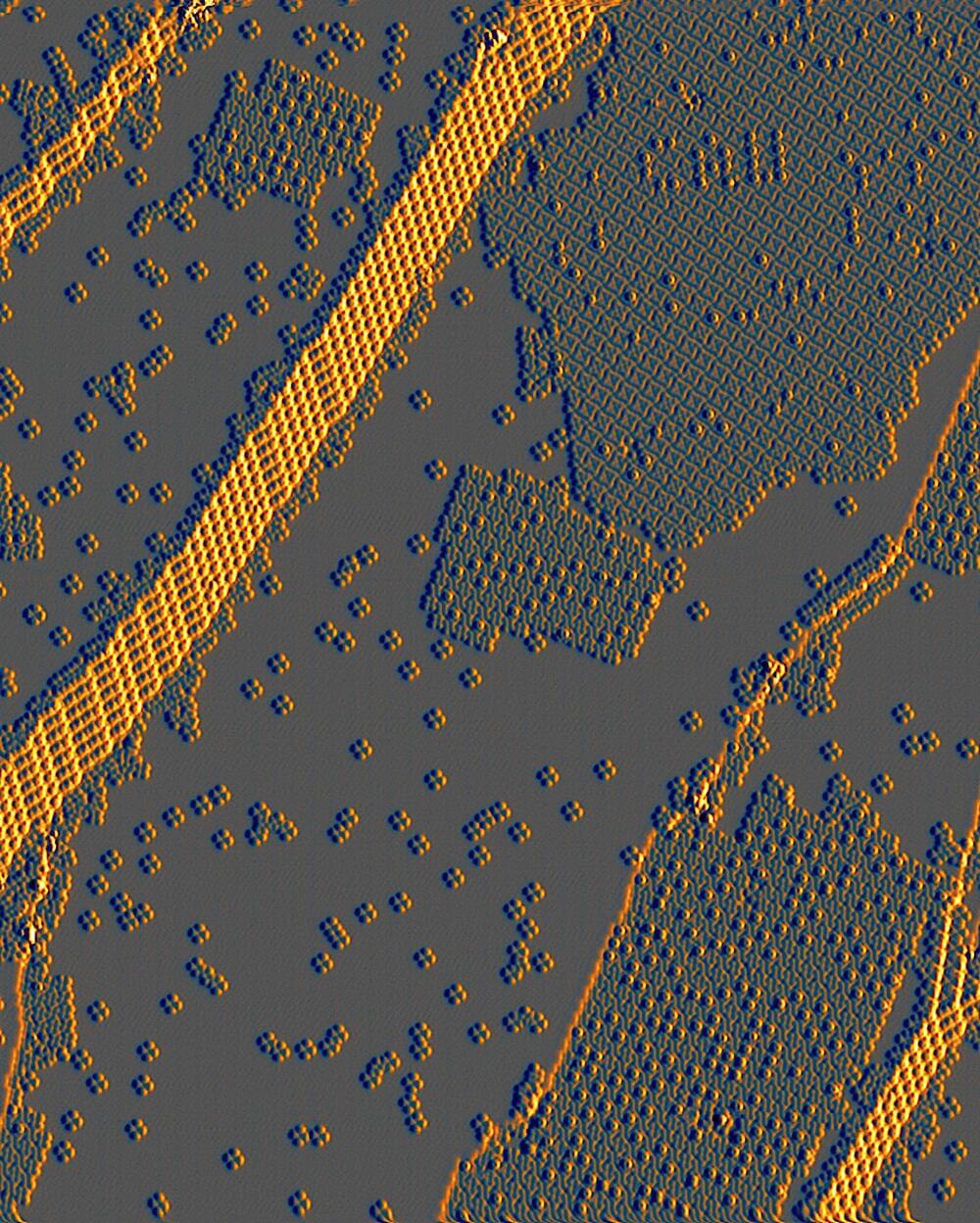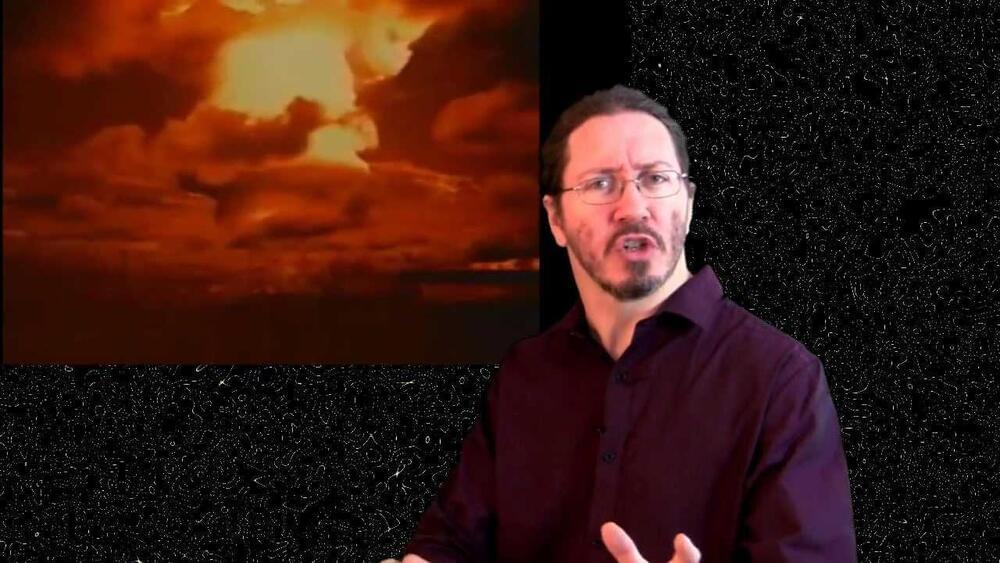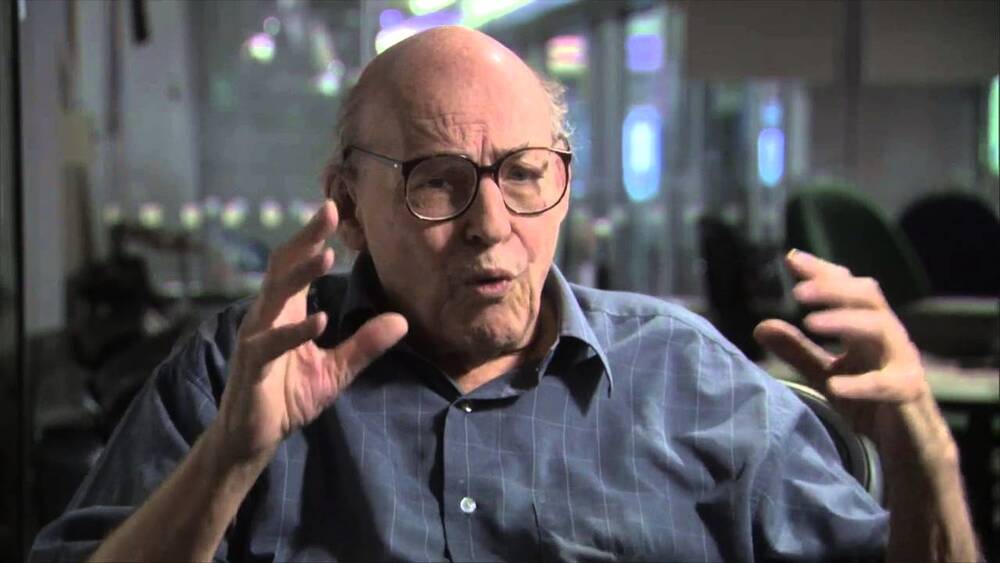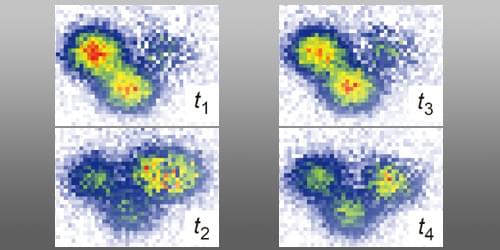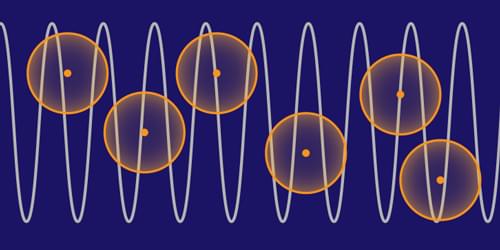Sep 26, 2022
Team of physicists finds signs of pentaquark states and new matter
Posted by Saúl Morales Rodriguéz in category: particle physics
Theorists at the University of Pittsburgh and Swansea University have shown that recent experimental results from the CERN collider give strong evidence for a new form of matter.
The experiment at CERN, site of the world’s highest-energy particle collider, examined a heavy particle called a Lambda b that decays to lighter particles, including the familiar proton and the famed J/psi, discovered in 1974.
In a paper published online today in Physical Review D, physicists Tim Burns of Swansea in Wales and Eric Swanson at Pitt argue that the data can be understood only if a new type of matter exists.
